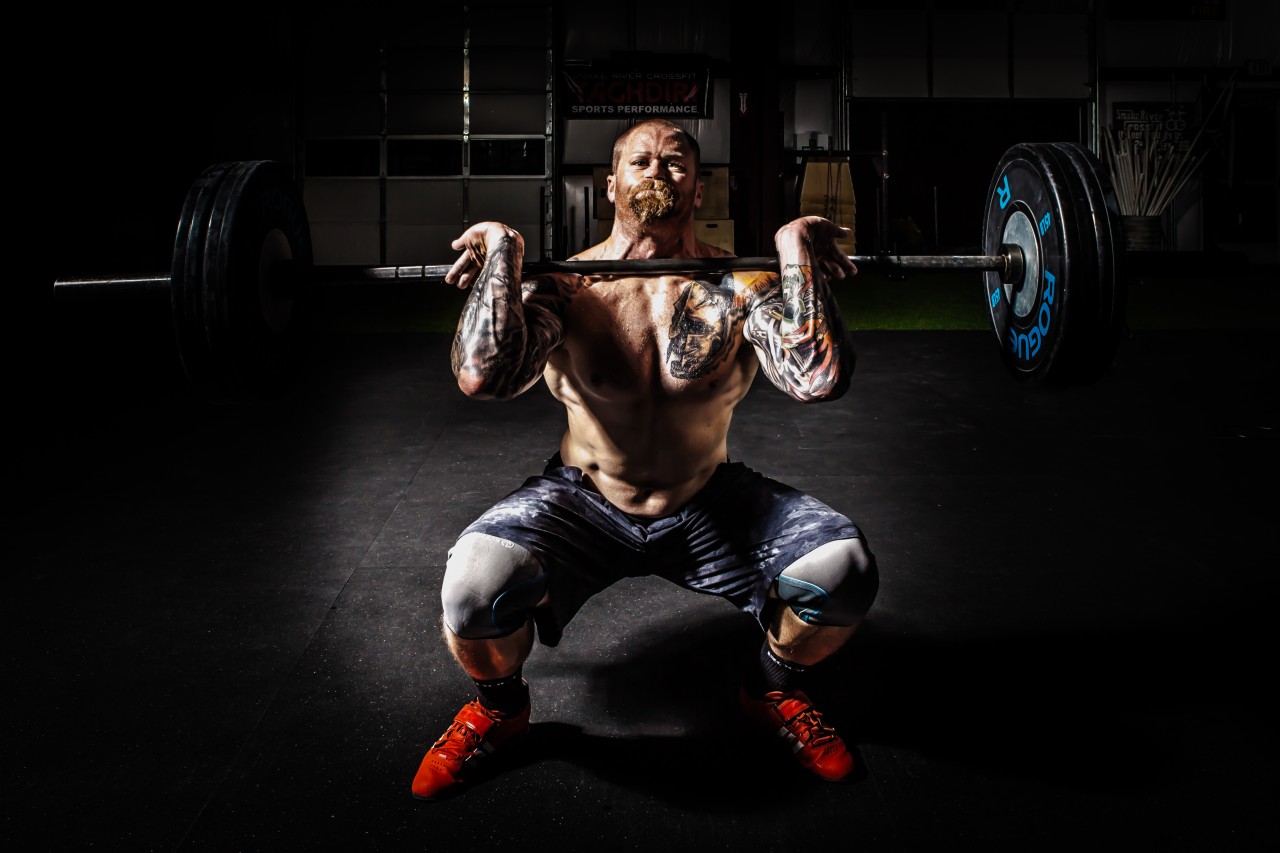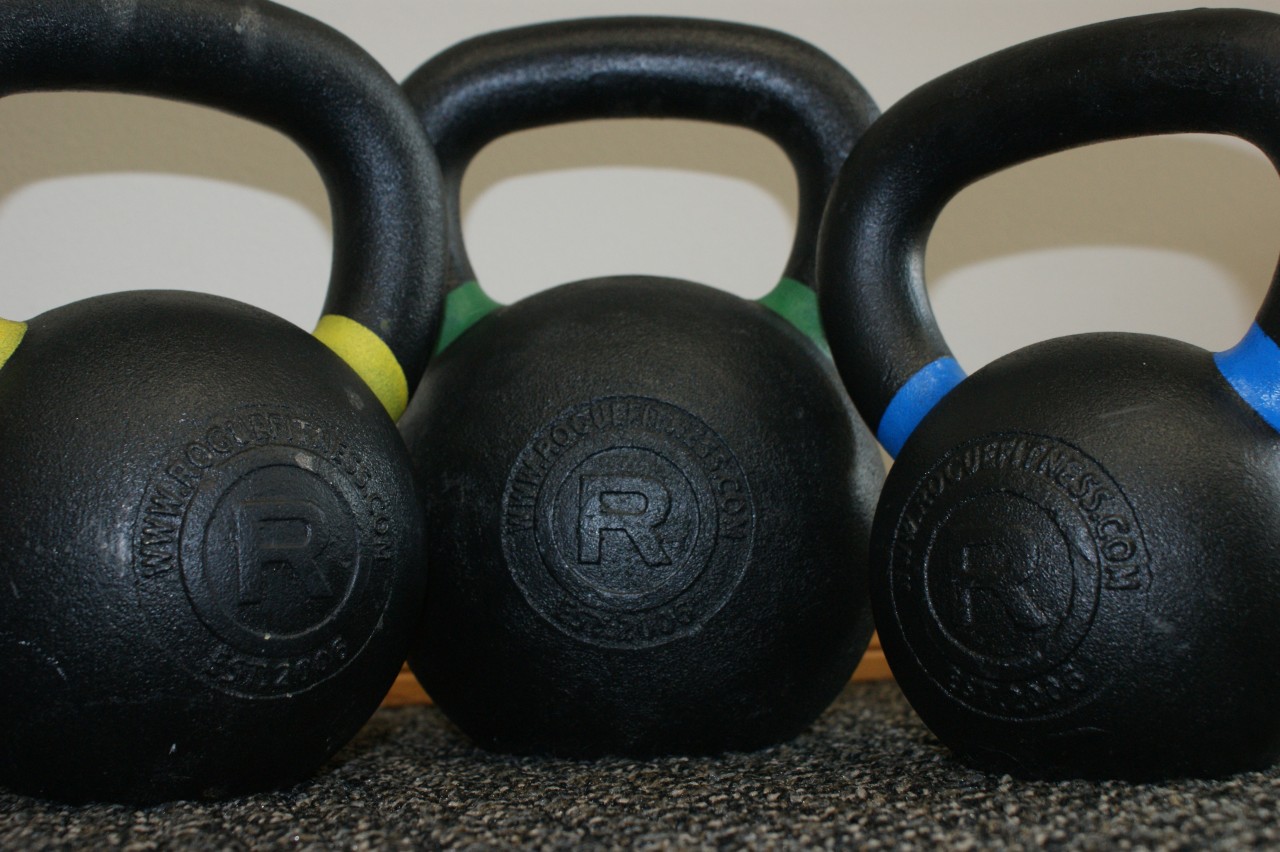Many individuals lose awareness of how to move their bodies properly. I was one of them. A couple years ago during chiropractic school, I was goofing around on a buddy’s longboard trying tricks I had no business trying. This buddy is now owner of High Country Muscle & Joint Clinic in Golden, Colorado. He is a functional chiro trying to spread a similar message about proper movement strategies. But long story short, I ended up falling off and dislocating my elbow. I find myself very fortunate to not have broken anything. During the rehab phase, I spent time thinking through my fitness goals and expectations. I was a very active individual going to the gym lifting weights and focused on programming “functional” exercises; it was therapy for all the school work. But this incident changed me. Thinking about my programming after the accident, I realized I had no idea how to fall properly; such a silly thing. How does someone not know how to fall properly? Especially someone who viewed themself as “functionally” fit.
Dr. Keith Sparks is an award-winning chiropractor, functional medicine expert, and the co-founder of ICT Muscle & Joint Clinic. Dr. Sparks’ emphasis of care originated within the fields of rehabilitation, soft-tissue therapies, and chiropractic. To date, he has brought this unique combination of skills into union with functional medicine. The sole purpose of intertwining these distinct skills, knowledge, and services is to provide incomparable care to his local community. Dr. Keith Sparks is often seen in the Wichita, KS community speaking at business events and teaching health and performance classes.
Becoming a Runner
Toe functionality can be a powerful insight into how the body is stabilizing itself through different tasks such as: walking, long distance running, sprinting, and even weight lifting. Imagine yourself getting up on a nice cool morning and deciding to go for a run. You put on your new sneakers you bought at the local running store. This local store did a fanstatic job identifying your foot structure (supinator, pronator, neutral), gave you the jist of trends in heel-toe drops, and helped pick the right running shoe for you.
Whole Body Influence
The big toe is often a forgotten and neglected component of the human body. Proper range of motion in the big toe is vital to creating stability as running speeds increase. Ideally, the big toe needs to dorsiflex (i.e. the toe bends toward the face) at least 45 degrees. However, as speeds increase from walking to running, 65 or more degrees of dorsiflexion is ideal. Lack of big toe range of motion can cause problems local to the foot such as plantar fasciitis,¹ and is even noted with over head athletes such as baseball pitchers and cricket bowlers.²
Core Hype
Over the past few years, the "core" has become a hot phrase in the fitness industry much the way the avocado has in the nutritional world. Catchy phrases such as 'core strength,' 'functional core,' or 'abdominal bracing' have all been thrown around haphazardly, with an inordinate number of core exercises to match.
Waiter Walks: A missing shoulder "Pre-hab" exercise
The waiter walk is a wonderful exercise to add to your upper body workout regiment, but I rarely see it utilized within the health & wellness community or at local gyms. As a strength coach, physical therapist, chiropractor, average gym goer, or anything-in-between, this exercise is a must add, especially if you are training for any overhead tasks.
Headache Prevelance
Headaches are a common experience for many individuals. 50% of people will experience headaches in any given year, while 90% of individuals will report having a headache sometime within their life. Unless you are the lucky 10%, headaches can be a debilitating and often preventable experience through lifestyle and postural modifications. One common type, that I see here in our clinic at ICT Muscle & Joint Clinic, is suboccipital tension headaches.
Lacing for Performance
When looking at your shoes, have you ever wondered what the purpose of the nearest eyelet to your ankle is? Many individuals, using this eyelet, state they feel added support. In order to get the maximum amount of support, utilizing this eyelet, there is a specific lacing pattern called the “high 7-eyelet lacing pattern.” According to Hagen and Hennig (1), this pattern for tying your shoes, with a moderate amount of tension, significantly reduces pressure underneath the heel and outer forefoot, as well as reducing the loading rate and the velocity of pronation associated with walking and running. Depending on the running mechanics and strain experienced with walking or running, this technique may reduce the risk of related injuries. Below is a picture series to help guide you through lacing with the high 7-eyelet.
Lately, I have overheard several individuals at the gym discussing their troubles with deep squatting: ranging from anterior hip pain, to knees caving in. Yes, I was eavesdropping, but kept my two cents to myself and decided to share it in this blog instead! There are 3 things I have found to hinder one’s deep squat potential: improper breathing strategies, not spending enough time in the “hole,” and lack of bodyweight exercises with the hips flexed greater than 90 degrees.
Have you ever been told you have a short leg? Has a family member or friend ever mentioned having a short leg? Chances are, the answer is yes. What does this really mean? Is there truly a “short leg”, commonly referred as a LLD or leg length discrepancy? What is considered a significant difference?
With many New Years’ resolutions geared toward improving one’s overall health, many individuals will turn toward a classic fitness activity, running. Achieving higher levels of health and fitness can be fun, while also providing a sense of achievement for all ages and skill levels. However, pain and dysfunction may occur due to several factors including: poor mechanics, deconditioning, and foot structure.









